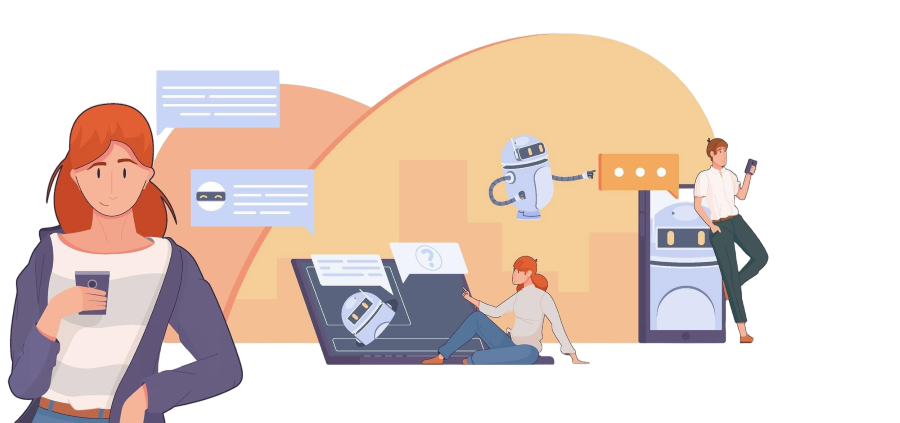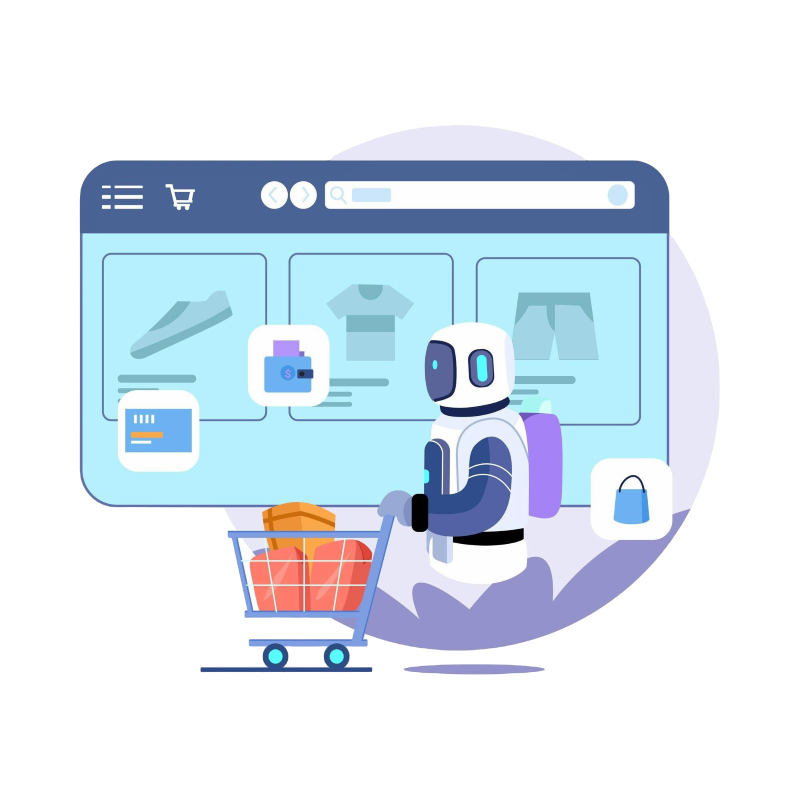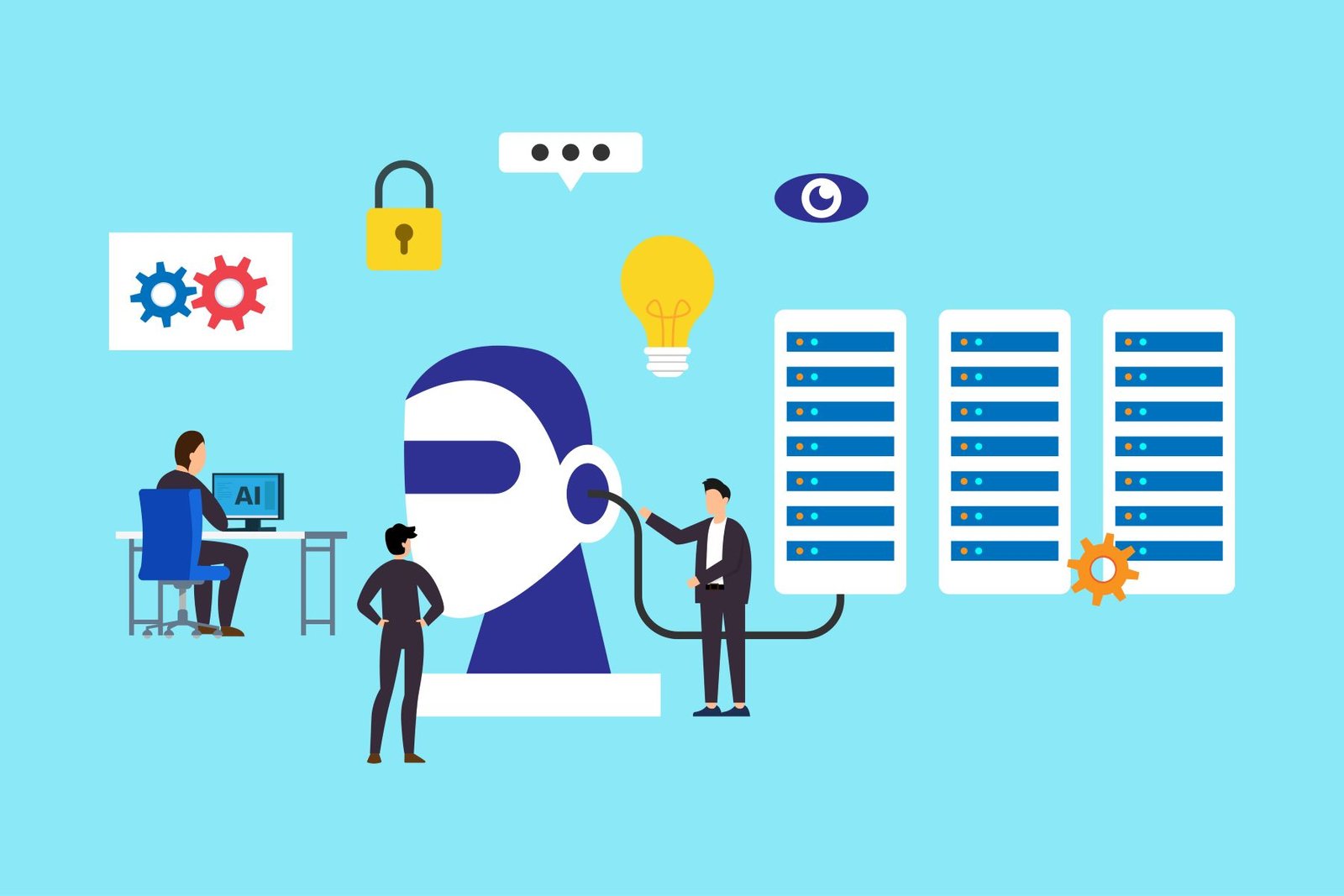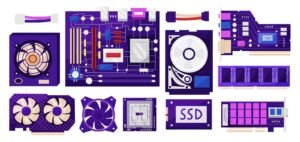In a world driven by innovation, Artificial Intelligence (AI) has emerged as a game-changing force across industries. From autonomous vehicles to personalized recommendations, AI systems now influence almost every aspect of our lives. At the core of these advancements are AI agents, intelligent entities capable of perceiving their environment, reasoning, and taking actions to achieve specific goals. But what makes these agents capable of working together or operating seamlessly in dynamic environments? The answer lies in AI agent protocols.
Think of AI agents as characters in a play. To deliver a flawless performance, they need a script, rules, and mutual understanding to interact effectively. These “rules of engagement” are the protocols—a meticulously designed framework that ensures these agents communicate, collaborate, and execute tasks efficiently. Lets explore the fascinating world of AI agent protocols, uncovering how they work, their applications, challenges, and the future they promise.
On This Page
Table of Contents
Understanding AI Agents
Imagine a chess game where one player is a human and the other is a computer. The computer here represents an AI agent, designed to analyze moves, anticipate outcomes, and make decisions to win. But what makes an AI agent unique? Let’s delve deeper:
Definition and Types of AI Agents
AI agents are software entities capable of:
- Perceiving their environment through sensors or data inputs.
- Reasoning to process information and make decisions.
- Acting upon the environment to achieve predefined goals.
There are different types of AI agents, including:
- Reactive Agents: Respond to immediate stimuli without memory.
- Deliberative Agents: Utilize reasoning and planning based on internal models.
- Learning Agents: Adapt and improve based on past experiences.
- Multi-Agent Systems (MAS): A group of agents collaborating to solve complex problems.
Key Characteristics of Intelligent Agents
- Autonomy: Operate independently without constant human intervention.
- Adaptability: Learn and adjust behavior based on new data.
- Collaboration: Interact with other agents or systems to achieve collective goals.
What Are AI Agent Protocols?
Imagine an orchestra where each musician plays a different instrument. Without a conductor or sheet music, their performance would be chaotic. Similarly, in the realm of AI, protocols act as the “conductor,” guiding agents to work in harmony.
Overview of Protocols in AI
AI agent protocols are a set of rules or conventions that define how agents communicate, coordinate, and collaborate. These protocols ensure:
- Consistency: Standardized communication across agents.
- Efficiency: Faster decision-making and execution.
- Scalability: Smooth operation in systems with multiple agents.
How Protocols Facilitate Interaction and Coordination
AI agent protocols establish:
- Message Formats: Defining how data is structured.
- Interaction Sequences: Specifying the order of communication.
- Negotiation Rules: Outlining methods for conflict resolution or consensus building.
Example: In e-commerce, protocols help agents representing buyers and sellers negotiate prices, ensuring a seamless transaction.
Types of AI Agent Protocols
AI agent protocols vary based on their purpose and functionality. Here are the major categories:
Communication Protocols
These protocols define how agents exchange information.
Examples include:

- KQML (Knowledge Query and Manipulation Language): Facilitates knowledge sharing among agents.
- Agent Communication Language (ACL): Used in multi-agent systems to ensure effective message exchanges.
| Protocol | Purpose | Example |
|---|---|---|
| KQML | Knowledge sharing | Distributed databases |
| ACL | Message exchange | Multi-agent chatbots |
Negotiation Protocols
These protocols enable agents to resolve conflicts or make decisions collectively.
- Auction Protocols: Agents bid for resources or tasks.
- Contract Net Protocol: A manager-agent assigns tasks to subcontracting agents based on proposals.
Coordination and Collaboration Protocols
Used in systems where agents must work together to achieve shared goals:
- Task Allocation Protocols: Ensure agents are assigned tasks based on capabilities.
- Consensus Protocols: Help agents agree on decisions in distributed systems.
Applications of AI Agent Protocols
The practical applications of AI agent protocols are vast, transforming industries with their efficiency and intelligence.
Multi-Agent Systems in Autonomous Vehicles
Scenario: Imagine a busy city street with autonomous cars, delivery drones, and traffic management systems.
- Protocol Role: Communication protocols ensure vehicles exchange real-time data to avoid collisions and optimize traffic flow.
Distributed AI in Healthcare Diagnostics
Scenario: A network of AI agents analyzes medical data from various hospitals.
- Protocol Role: Negotiation protocols help agents prioritize critical cases and allocate resources efficiently.
E-commerce and Supply Chain Optimization
Scenario: An online retailer needs to manage inventory and shipments.
Protocol Role: Coordination protocols enable warehouse bots and delivery drones to work together seamlessly.

Challenges in AI Agent Protocols
While AI agent protocols offer immense potential, they are not without challenges:
- Scalability Issues:
- Managing communication in systems with thousands of agents can become computationally expensive.
- Example: Coordinating drones in disaster relief operations.
- Handling Uncertainty:
- Dynamic environments require protocols that adapt to changing data or unforeseen events.
- Example: Weather changes affecting autonomous vehicles.
- Security and Privacy Concerns:
- Ensuring data exchanged between agents is secure and confidential.
- Example: Protecting patient data in healthcare AI systems.
| Challenge | Impact | Solution |
|---|---|---|
| Scalability | Communication bottlenecks | Decentralized protocols |
| Uncertainty | Reduced efficiency | Adaptive learning-based protocols |
| Security/Privacy | Data breaches | Encryption and authentication mechanisms |
Popular Protocol Frameworks and Standards
Several frameworks and standards have been developed to streamline AI agent protocols:
- FIPA (Foundation for Intelligent Physical Agents):
- Provides standardized communication languages and interaction protocols.
- Widely used in multi-agent system research.
- JADE (Java Agent Development Framework):
- A platform for building agent-based applications.
- Supports FIPA-compliant protocols for message exchange.
Emerging Trends in AI Agent Protocols
Blockchain in Agent Communication
Blockchain technology is being integrated into agent protocols for:
- Secure Transactions: Immutable records ensure data integrity.
- Decentralized Coordination: Reduces reliance on centralized systems.
Natural Language Processing (NLP) Integration
Agents now use NLP-based protocols to:
- Interpret human-like instructions.
- Communicate more intuitively with users and other agents.
AI and IoT Integration
In smart homes, protocols enable IoT devices like thermostats and lights to work harmoniously.
Ethics and Governance in AI Agent Protocols
The development of AI agent protocols must consider ethical implications:
- Fairness and Transparency:
- Protocols should avoid bias and ensure equitable treatment.
- Accountability:
- Developers must be held accountable for decisions made by AI agents.
- Governance Frameworks:
- Regulatory bodies should oversee the ethical deployment of AI protocols.
Future of AI Agent Protocols
Advances in Autonomous Systems
Example: Self-driving cars may use protocols to negotiate lane changes in real time.
Quantum Computing’s Role
Quantum algorithms could optimize protocols, making them faster and more efficient.
Corollary
AI agent protocols are the unsung heroes behind the seamless operation of intelligent systems. From managing autonomous fleets to revolutionizing healthcare, these protocols ensure agents work together effectively and ethically. As AI continues to evolve, so too will these protocols, unlocking new possibilities and addressing emerging challenges.
FAQs
What are AI agent protocols?
AI agent protocols are a set of rules or conventions that define how artificial intelligence agents interact, communicate, and coordinate within a system. They ensure that agents operate efficiently and achieve their goals collaboratively in multi-agent environments.
Why are AI agent protocols important?
Protocols are essential for enabling seamless communication and coordination among AI agents. They help standardize interactions, improve system scalability, and enhance the efficiency of decision-making in dynamic and complex environments.
What are the types of AI agent protocols?
AI agent protocols can be categorized into:
Communication Protocols: For exchanging messages between agents.
Negotiation Protocols: For resolving conflicts and reaching agreements.
Coordination and Collaboration Protocols: For task allocation and achieving shared goals.
Can AI agent protocols handle uncertainty?
Yes, advanced protocols incorporate adaptability and learning mechanisms to handle dynamic and unpredictable environments. For instance, they use real-time data to adjust strategies and actions.
What are some examples of AI agent protocol frameworks?
Popular frameworks include:
FIPA (Foundation for Intelligent Physical Agents): Provides standardized communication protocols.
JADE (Java Agent Development Framework): A platform for building multi-agent applications.
How are AI agent protocols used in real-world applications?
Examples include:
Autonomous Vehicles: For avoiding collisions and optimizing traffic flow.
Healthcare Diagnostics: For prioritizing critical cases in distributed systems.
E-commerce: For efficient inventory management and delivery coordination.
What are the challenges in designing AI agent protocols?
Key challenges include:
Scalability: Managing communication in large systems.
Uncertainty: Adapting to dynamic environments.
Security and Privacy: Protecting data from breaches or misuse.
How do ethics play a role in AI agent protocols?
Ethical considerations ensure that protocols are designed to avoid biases, promote transparency, and uphold accountability in decision-making processes. Governance frameworks are also essential to regulate their deployment.







